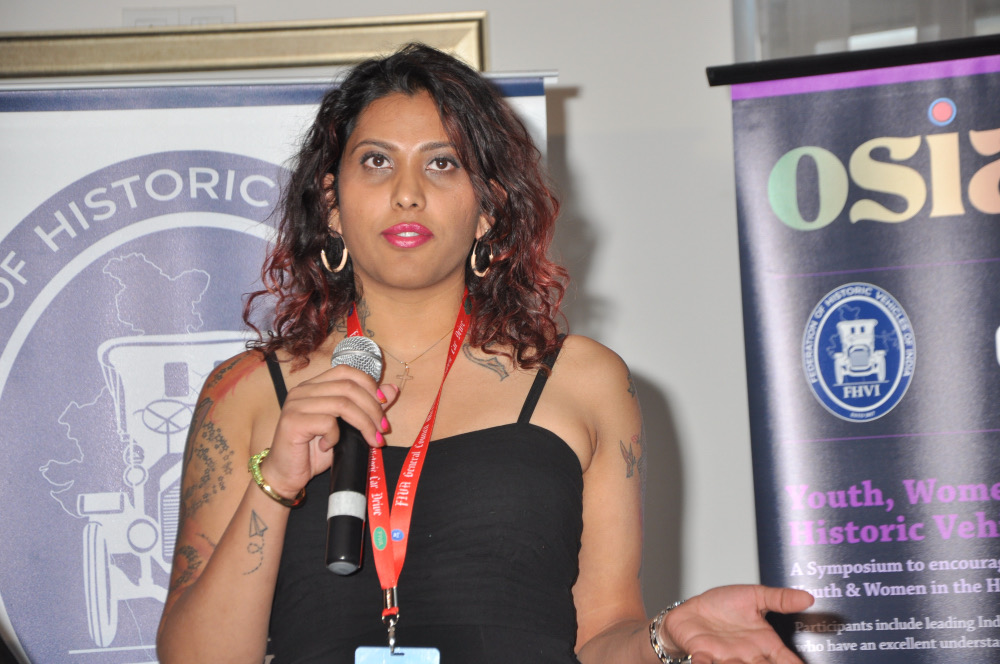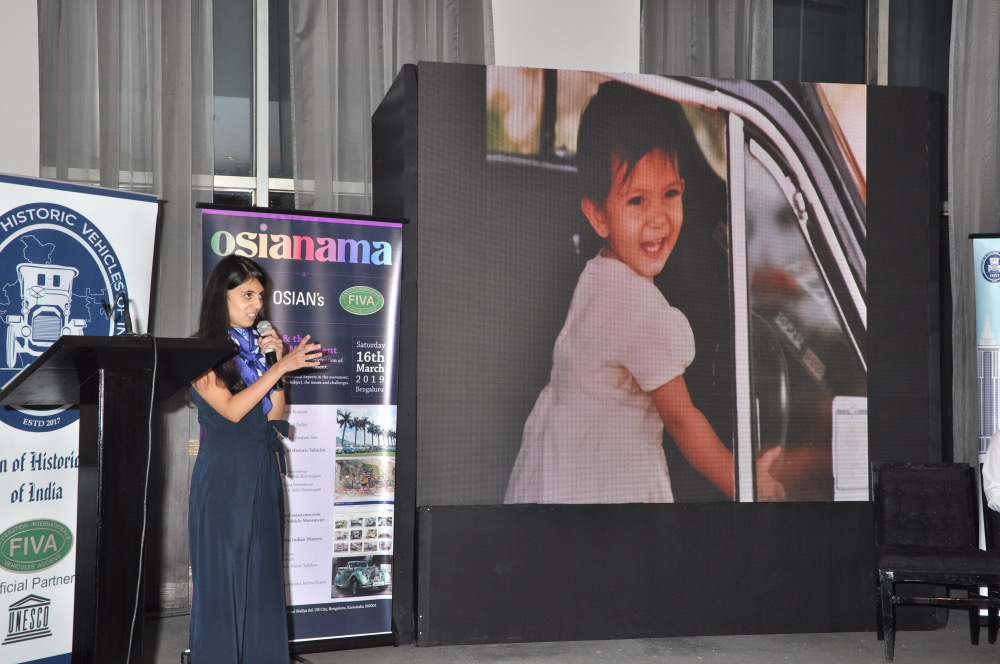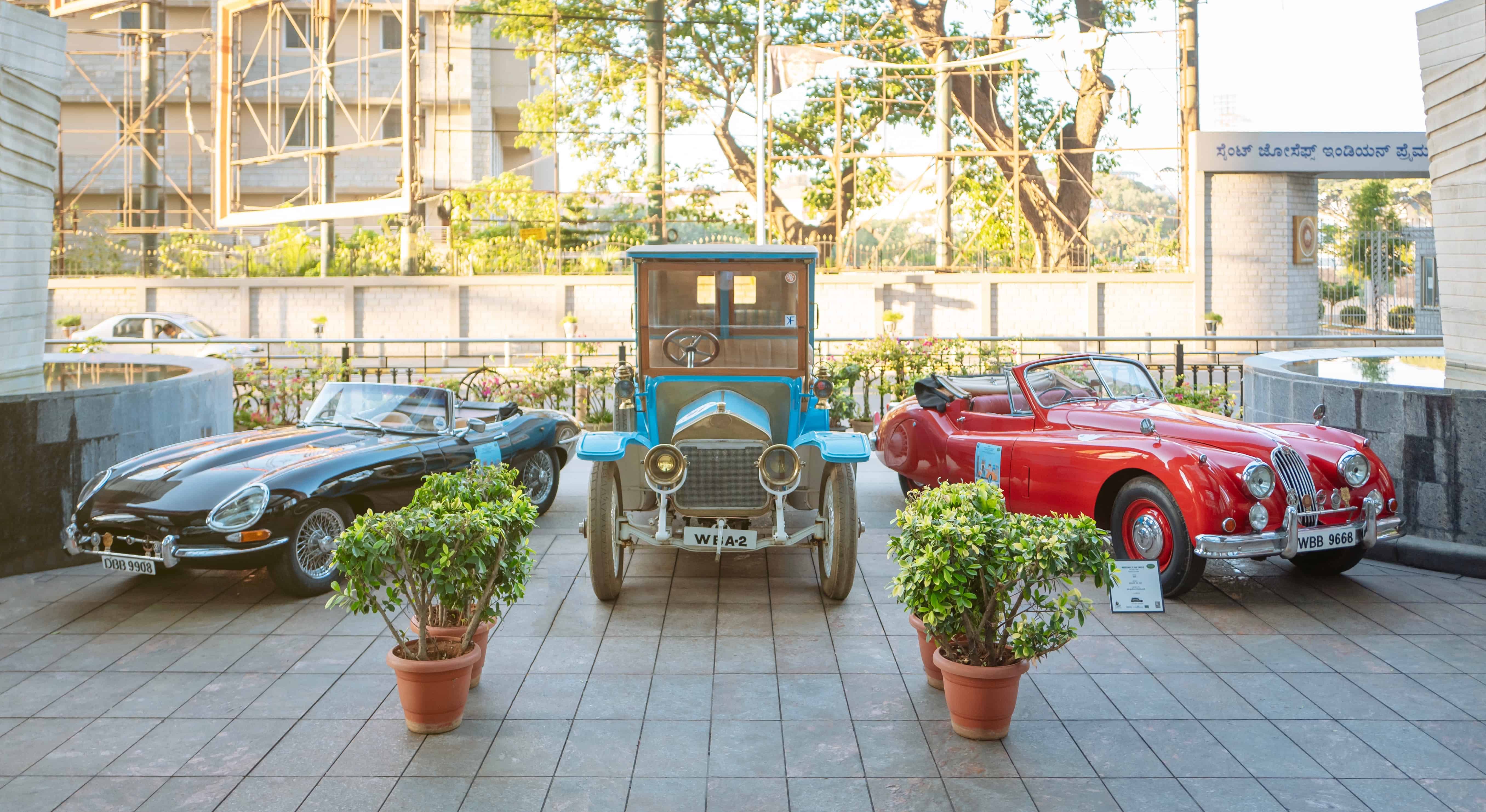Car collectors in the United States aren’t the only ones concerned about the future of the hobby and, quite frankly, the fate of their cherished vehicles. A symposium was held recently in India “to understand, promote and encourage the increased participation of youth and women in the historic vehicle movement.”
“The youth in India, today, has various means to be informed, coupled with the innate willingness to attempt novel experiences and therein lies the potential to invigorate the Historic Vehicle Movement in the country,” said Neville Tuli, founder of Osianama, which sponsored the symposium along with the Federation of Historical Vehicles of India and the Federation Internationale des Vehicules Anciens.
“Our mission, through this Symposium, is to endorse the respect and adoration for vintage vehicles in India since they reflect the zeitgeist of a bygone era and create excitement among the youth and women alike,” Tuli added. “Automotive experts from India and abroad are here today sharing ideas and profound insights to encourage and validate this trend. It is exciting to witness such collective zeal channelled towards a common objective.”

Among those speaking at the event were such women as Indian rally racer Farah Vakil; automotive illustrator Rupali Prakash; Shana Parmeshwar, who uses the tagline “Be Cool, Be Classic” as she races a Porsche GT3 (she also owns an Austin Seven and 1965 Chevrolet Impala station wagon); and Natasha Jerina Grom, a FIVA vice president.
“Women are starting to take the lead in demystifying the classic automobile, seen by many as an untouchable realm of the wealthy and privileged man,” Vakil said. “Up till now, Indian women’s role in historic vehicle circles has been as the wives and daughters of collectors but that’s changing. Women in India today are financially and socially empowered, and we don’t need to have classics passed onto us as family heirlooms, as we can acquire them independently – sourcing them abroad, if necessary, and importing them.
“We are becoming instrumental in widening the appreciation of these cars, keeping it informal and unstructured – an outing in our cars, a picnic perhaps – without the heavy organization and expense of a formal event.”
“India is blessed with a rich heritage of automobiles and is increasingly becoming a country of interest for automotive enthusiasts, globally,” Grom said. “Similar to the present day, this heritage not only needs to be appreciated but preserved for Indian, as well as global, aficionados, in the future.”

The symposium coincided with FIVA holding its general council meeting in India.
“India is a country where the ‘love affair with the automobile’ is a more recent phenomenon than in the West, and it’s truly heartening to see the groundswell of enthusiasm for historic vehicles among younger Indians – at a time when European enthusiasts are worried that classics will increasingly be seen as something for the older generation,” FIVA president Patrick Rollet commented.
“Our meeting was held in Bangalore alongside a symposium organized by the Delhi-based Osianama Learning Experience and the Federation of Historic Vehicles of India – the first of its kind in Asia – aimed at encouraging even more young people and women to get involved in the historic vehicle movement,” he added. “The energy and enthusiasm of the participants, in a country that’s at an exciting point in the development of its historic vehicle community, is a joy to see.”
In its followup report, FIVA noted that social media is playing a role in encouraging interest in vintage vehicles.

“A key factor is the growing number of informal groups on social media, who meet at the weekend for casual drives in various cities,” FIVA noted, pointing to one of many examples, the Classic Drivers of Calcutta, founded in 2017 with three members but now with 98, half of them younger than 35 and 15 percent being first-time collector car owners.
But, added one of those active members, “we also have 500-plus members on Facebook and Instagram who may or may not currently own a historic vehicle.
“To ‘catch them young,’ it’s important to create communities around historic vehicles – non-competitive, fun social events to attract newcomers, such as movie screenings and garage days, plus extensive use of social media and workshops.
“It’s working,” he added. “We’re seeing younger people, most of them ‘first-timers’, acquiring classics, while our members seem to be overcoming the absence of a DIY culture and have taken to working on their vehicles themselves! The future is bright.”






I love this.
Here’s to more participation in the Classic Car hobby
This comes as very encouraging news as the vintage car hobby faces a very uncertain future across Europe and the United States due to ever-tightening restrictions on when, how, and where these vehicles may be operated over increasing concerns regarding their emissions. India is proof right now that the classic car hobby will live forever in some way!